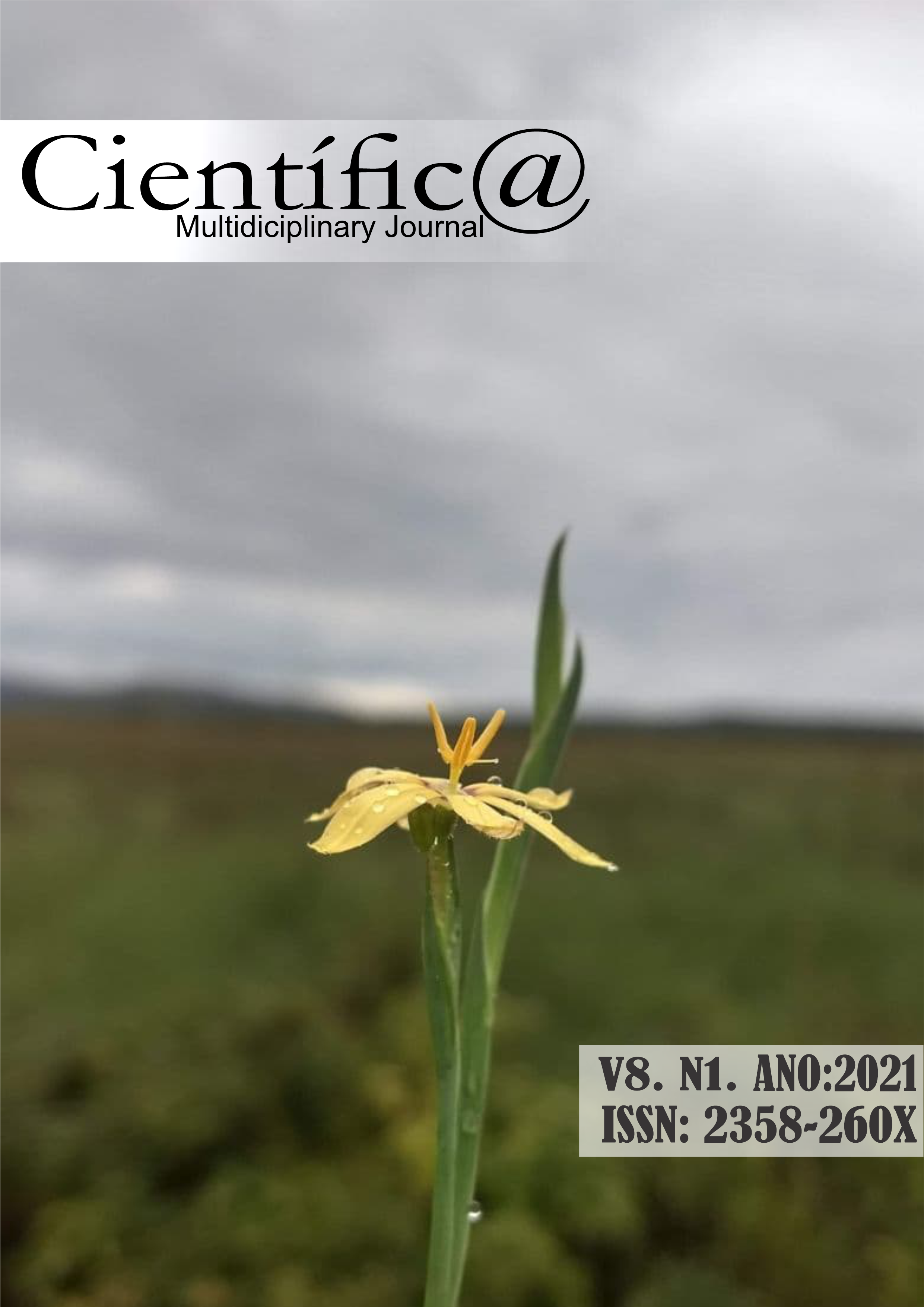EVALUATION OF FUNGICIDES IN TARGET STAIN CONTROL AND SOYBEAN YIELD FOR THE RIO VERDE REGION
DOI:
https://doi.org/10.37951/2358-260X.2021v8i1.5818Abstract
The soybean crop (Glycine max) has diversified more and more in relation to the plant pattern (physical size). Therefore, we must prevent the control measures of the disease that are current. This work has emphasis on the disease Target Spot, caused by the fungus Corynespora casiicola, which can cause significant losses in the crop. The cultivar CD 2728 was used, which is susceptible to this pathogen, with 6 treatments: T1 - Control, T2 - Bixafen + Protioconazole + Trifloxistrobin, T3 - Fluxapiroxade + Protioconazole, T4 - Azoxistrobina + Tebuconazole + Mancozeb, T5 - Azoxistrobin + Protioconazole + Mancozebe and T6 – Protioconazole + Fluindapyr. The chemical control of plant diseases is in most situations the most efficient and economically viable measure to ensure a high productivity, not forgetting that the climatic conditions to perform the work should be favorable for the disease. Thus, the present study used the same fungicides for each treatment in all applications, in order to evaluate their efficacy in the control of Target Spot. Another important factor that we should highlight is the need for rotation of chemical groups, active ingredients, in addition to the use of multisites within application programs.
Keywords: Fungicides; Glycine max; Corynespora casiicola.
Downloads
Published
How to Cite
Issue
Section
License
Esta revista oferece acesso livre imediato ao seu conteúdo, seguindo o princípio de que disponibilizar gratuitamente o conhecimento científico ao público proporciona maior democratização mundial do conhecimento.
A partir da publicação realizada na revista os autores possuem copyright e direitos de publicação de seus artigos sem restrições.
A Revista Científic@ - Multidisciplinary Journal segue os preceitos legais da licença Creative Commons - Atribuição-NãoComercial 4.0 Internacional. 

